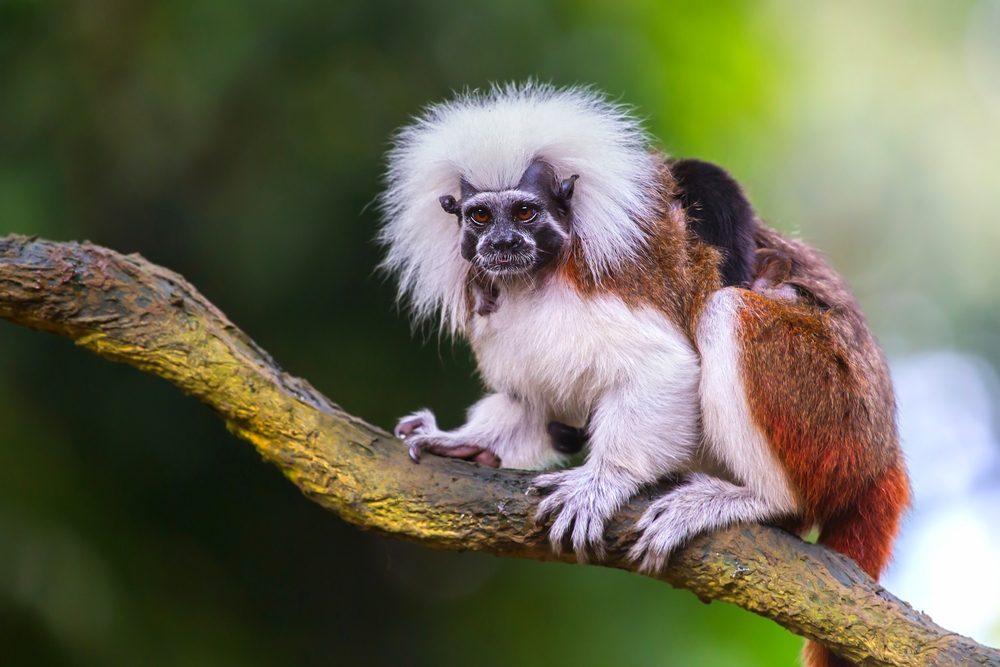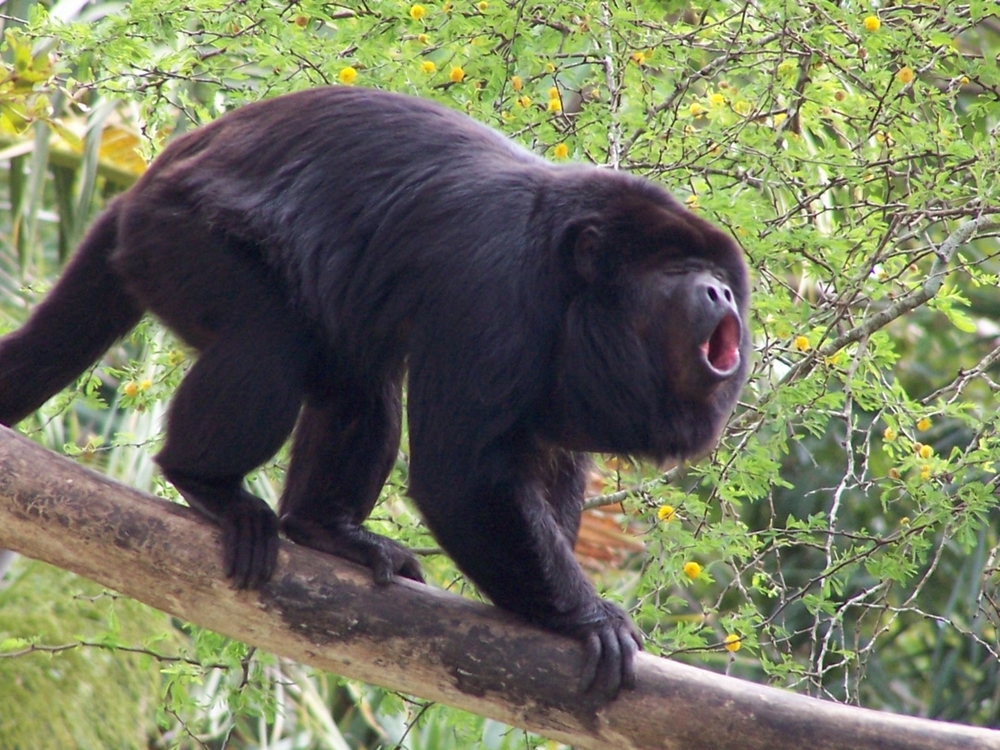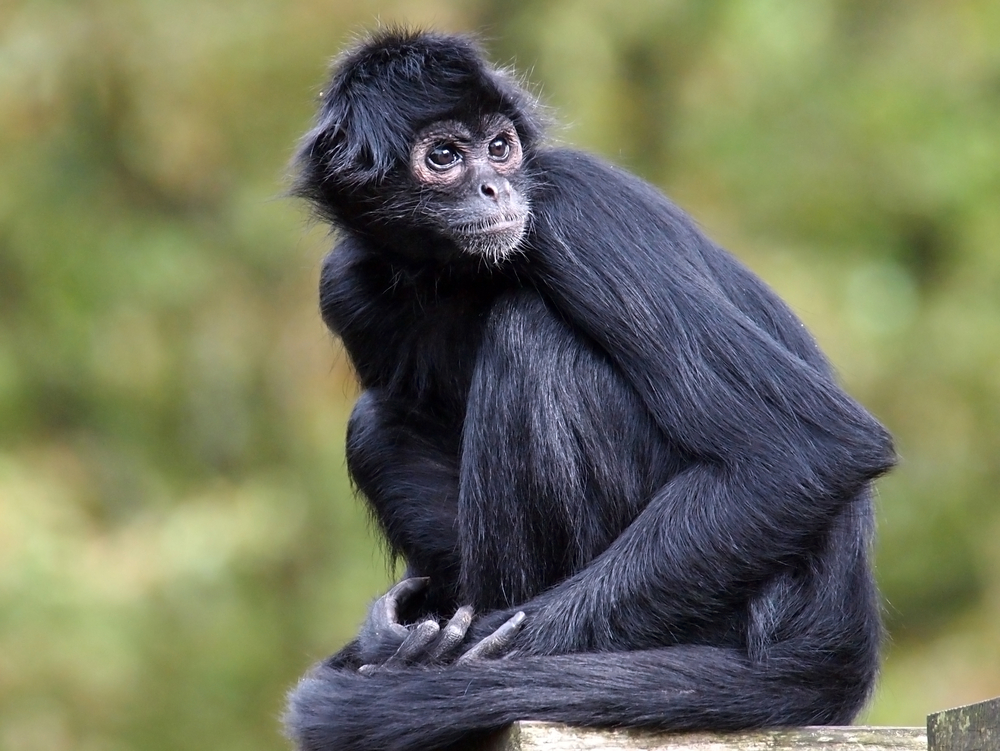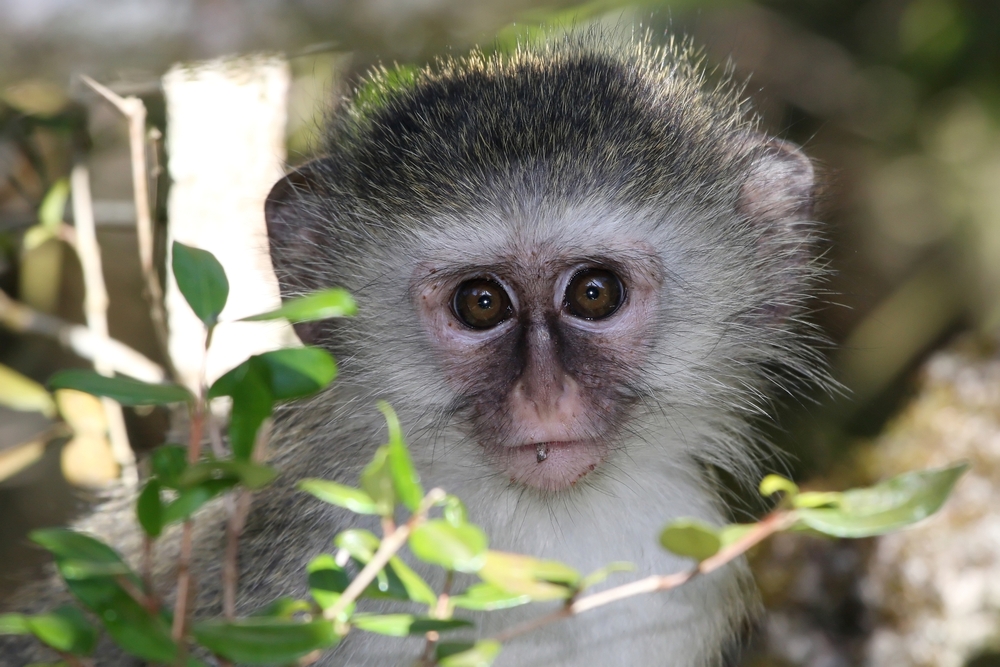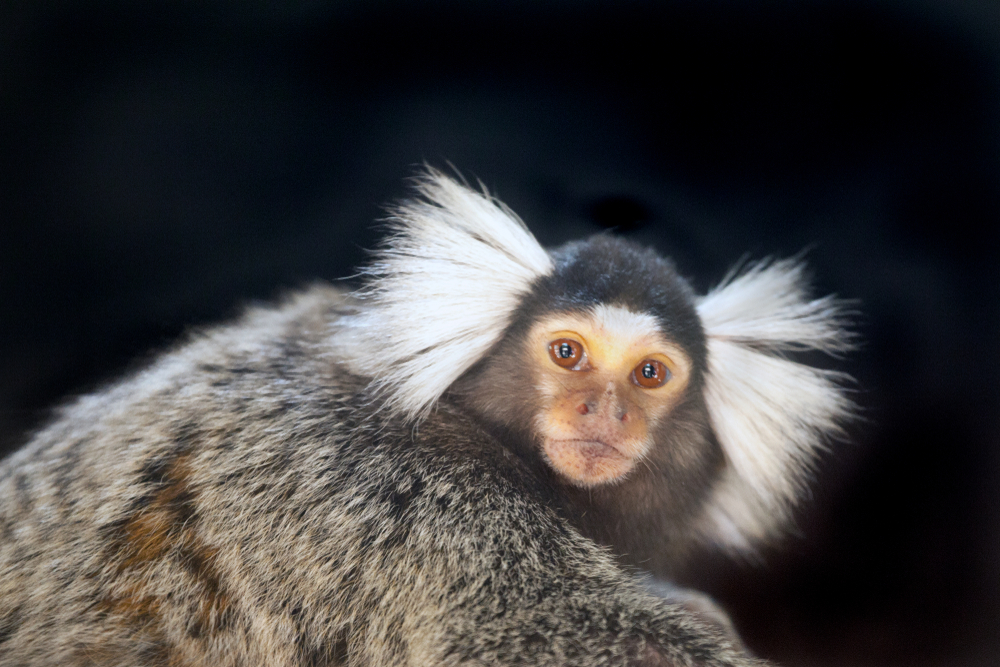About
#Mammals
The cotton-top tamarin (Saguinus oedipus) is a strikingly small and endangered New World monkey native to the tropical forests of northwestern Colombia. A member of the Callitrichidae family—which includes marmosets and other tamarins—this species is easily recognized by the shock of long, white hair that flows like a mane from its forehead to shoulders, resembling a cotton tuft and giving the tamarin its name.
Weighing just 400–450 grams (14–16 ounces) and measuring about 20–25 cm (8–10 inches) in body length (excluding its tail), the cotton-top tamarin has a reddish-brown back, black face, and a long, non-prehensile tail used for balance in its arboreal habitat. It is an agile climber, moving swiftly through the forest canopy in search of fruit, insects, nectar, small lizards, and tree sap—often using its sharp claws to access food resources that larger primates cannot reach.
Cotton-top tamarins live in social groups of 2 to 13 individuals, typically led by a dominant breeding pair. Unusually cooperative, group members help care for the young, including carrying, feeding, and protecting them. They communicate through a rich variety of vocalizations, facial expressions, and scent markings—making them a key species in studies of primate communication and social behavior.
Once widespread, cotton-top tamarins have suffered dramatic population declines due to deforestation, illegal pet trade, and habitat fragmentation. They are classified as Critically Endangered by the IUCN, with fewer than 7,000 estimated individuals remaining in the wild.
They have become global ambassadors for conservation, with focused recovery programs such as Proyecto Tití working to protect their habitat and educate local communities.
Threatened:
Extinct
Critically Endangered
Endangered
Vulnerable
Near Threatened
Least Concern



































































